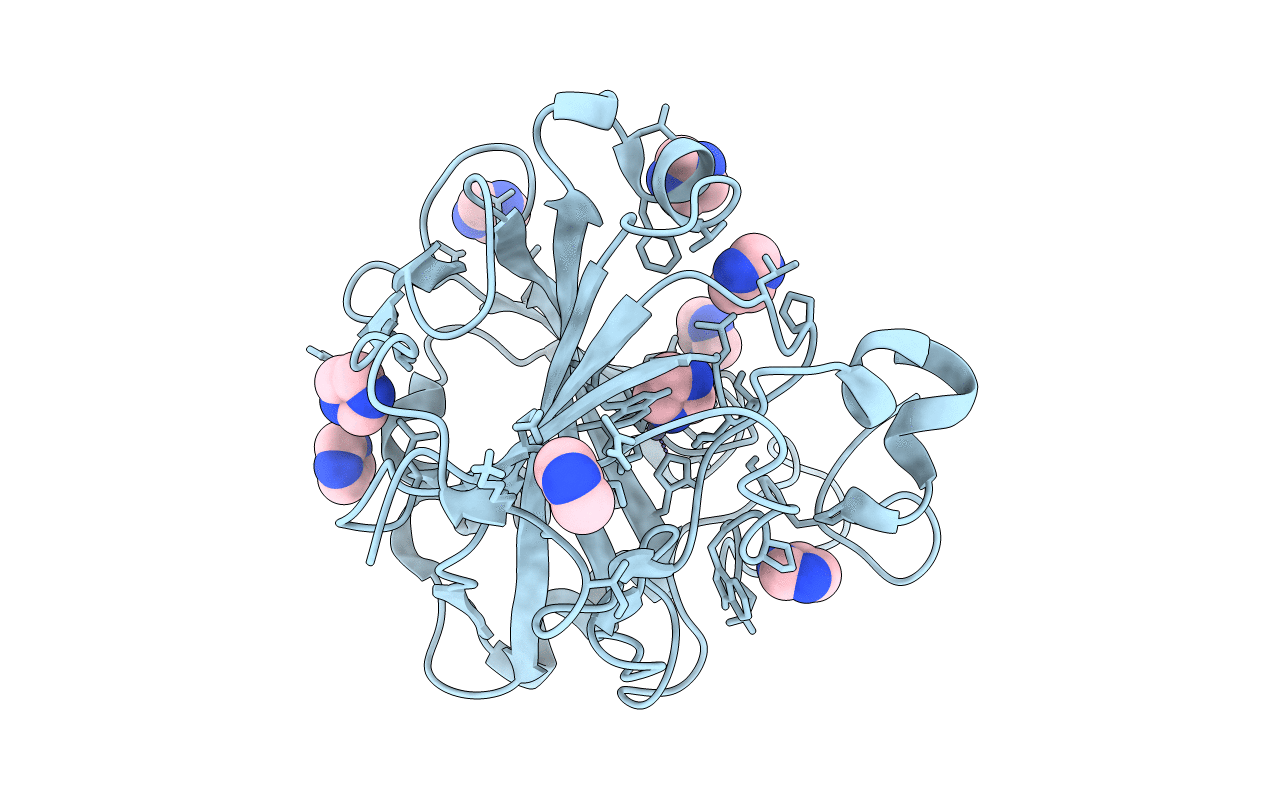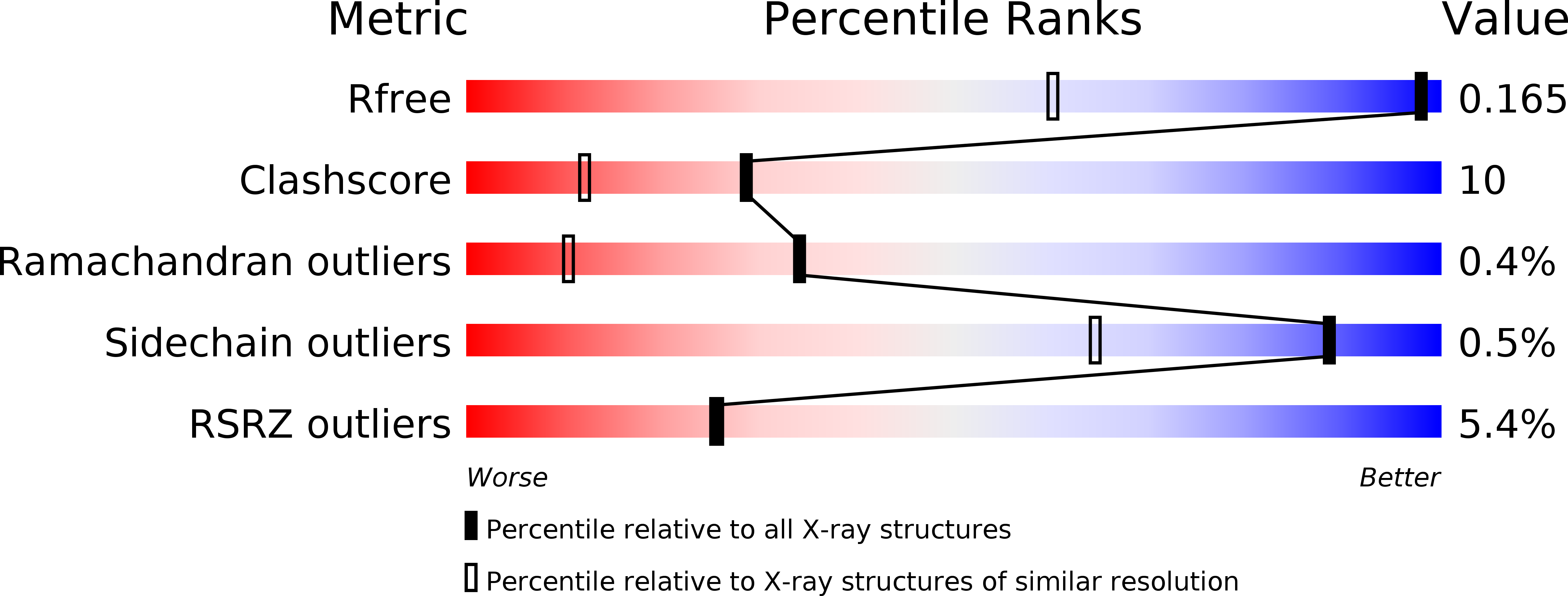
Deposition Date
2012-10-04
Release Date
2013-10-23
Last Version Date
2024-02-28
Entry Detail
PDB ID:
4HF3
Keywords:
Title:
Activity Enhancers of H64A Variant of Human Carbonic Anhydrase II Possess Multiple Binding Sites within and around the Enzyme Structure
Biological Source:
Source Organism:
Homo sapiens (Taxon ID: 9606)
Host Organism:
Method Details:
Experimental Method:
Resolution:
1.15 Å
R-Value Free:
0.17
R-Value Work:
0.15
R-Value Observed:
0.15
Space Group:
P 1 21 1


